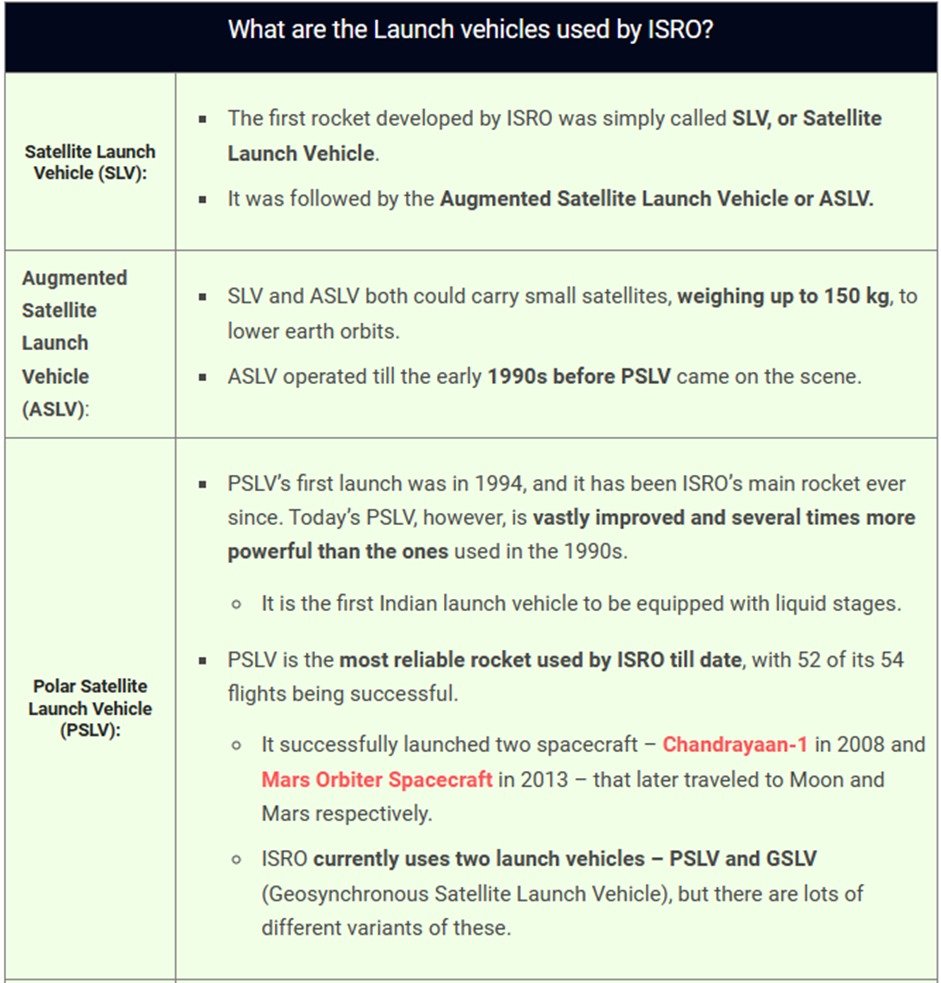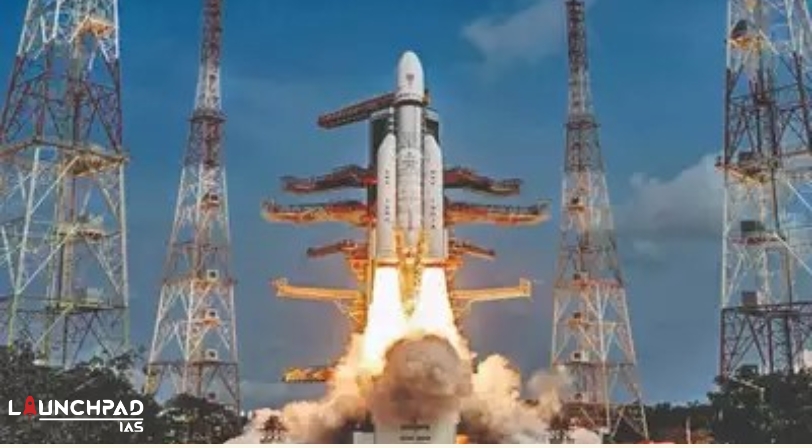What are Launch Vehicles and Satellites?
- Amount of energy required to lift heavy objects like satellites into space. The rockets have powerful propulsion systems that generate the huge overcoming of the gravitational pull of the earth.
- Satellites carry one or more instruments that do the scientific work for which they are sent into space. Their operational life sometimes extends up to decades.
- But rockets, or launch vehicles, become useless after the launch. Rockets’ only job is to take the satellites to their intended orbits.
Rockets have several detachable energy-providing parts.
- They burn different kinds of fuels to power the rocket. Once the rocket exhausts their fuel, they detach and fall off, often burning in the atmosphere due to air friction, leading to their destruction.
- Only a small part of the original rocket goes to the intended destination of the satellite. Once the satellite is finally ejected, this last part of the rocket either contributes to space debris or undergoes burning upon reentry into the atmosphere.
What are the Types of Launch Vehicles?
For Lower Earth Orbits:
- Exclusively deploying several satellites necessitates placing them in lower Earth orbits, ranging from approximately 180 km above the Earth’s surface to 2,000 km.
- Most of the earth-observation satellites, communication satellites, and even the International Space Station, a full-fledged laboratory in space that hosts astronauts, function in this space.
- Using smaller, less powerful rockets is the result of requiring a smaller amount of energy to transport satellites to low-Earth orbits.
For Higher Orbits:
- There are other satellites which need to go much deeper in space.
- For example, depositing geostationary satellites requires placing them in orbits approximately 36,000 km from the Earth’s surface.
- The planetary exploration missions also need their rockets to leave them much deeper in space.
- Conducting such space missions requires employing much more powerful rockets.
- In general, a trade-off exists between the weight of the satellite that requires launching and the distance it needs to cover. The same rocket can take smaller satellites much deeper into space compared to a heavier satellite.


Checkout more such topics at https://launchpadeducation.in/current-affairs/


